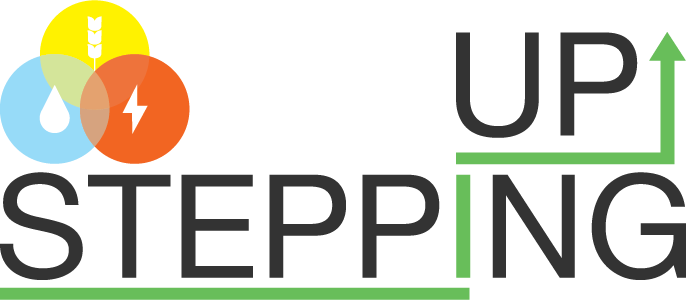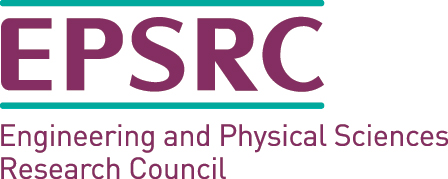You are here
Nexus-relevant innovations: Insects as a novel source of protein

A previous blog introduced four Water, Energy, Food-nexus (WEF)-relevant innovations which together form the principal focal points of Stepping Up. We will use case studies of these innovations to establish an understanding of their potential for scaling up to address WEF-nexus challenges. These innovations are anaerobic digestion, insects as a novel source of protein, and the social as well as technical recovery of value from surplus food. They have all been identified as developments with the potential to alleviate environmental and social burdens across the WEF nexus, whose impacts under different scenarios merit more attention. This blog series discusses in greater depth the rationale for selecting these particular innovations. The first three blogs covered anaerobic digestion, social recovery of value from surplus food, and the technical recovery of value from surplus food. This fourth and final blog covers the use of insects as a novel source of protein.
Feeding the global population, which is expected to reach 9 billion by 2050, is profoundly challenging, particularly given the pressures already on land and water resources. Over the last few decades, population growth, rising incomes and urbanisation in developing countries has heightened demand for high value animal based protein. The production of animal-based protein requires considerably more resources, for example in terms of land use and associated GHG emissions, than plant-based sources. The potential environmental impacts of a shift to a more meat-based diet are therefore considerable.
Many, including the FAO, suggest that part of the solution to satisfying food and nutrition requirements while minimising adverse environmental impacts may be found in replacing some meat consumption with that of insects. Compared to traditional livestock, insects generally offer comparable nutritional value (in terms of high protein, fat, vitamin, fibre and mineral content), higher feed conversion efficiencies (less feed needed relative to edible animal weight), emit fewer GHG emissions, and require less land and water.
For insects to be incorporated into Western diets however will require considerable innovation efforts at all points along the food supply chain, from domestication of insects and product development to creating markets and consumer demand.
While clearly unusual in the UK and many other Western countries, entemophagy is commonplace in parts of Asia, Africa and Latin America, with insects making up a portion of the diets of an estimated 2 billion people (where the focus is on harvesting wild insects). As with diets more generally, acceptance or rejection of the notion of eating insects is influenced by both history and cultural norms. In many Western countries for example, the prospect of eating insects can often be regarded as both primitive and disgusting (having a ‘yuck’ factor); overcoming those culturally embedded feelings and their effect of food habits will clearly not happen overnight.
However, a nascent network of commercial insect rearing systems is starting to emerge, both for human consumption and animal feed. In terms of the latter, growth in Europe has been hindered somewhat by regulations preventing insects being fed to animals raised for human consumption, although there has been some progress in terms of establishing scientific consensus around potential risks that may have an impact on regulation (at the time of writing, the regulation is under review, but still remains unchanged). In terms of the former, insects for human consumption fall under the same food standards regulations as other foodstuffs, although this largely represents a regulatory gap due to the relative absence of insect farms and novelty of the food type. Yet, despite the ‘yuck factor’, a number of small-scale enterprises have emerged to cater for those consumers keen to experiment with insects, such as C-Fu, Entocycle or Yumpa.
The use of insect protein to replace even a small proportion of livestock protein in the UK would represent a significant change in terms of the impacts of the food system on land use and climate change, as well as on water and food systems. Data on energy and water requirements for insect husbandry are scarce, but would clearly depend on the specific species and techniques adopted throughout the supply chain.
The adoption of insects as a source of protein would require significant regulatory and cultural hurdles to be overcome, and could thus represent transformational change in the food system. Much will depend however on whether the ‘yuck’ factor can be addressed, and how the relationship between consumers, advocates and regulators within the food system can support this. From a methodological perspective, the relative immaturity of this innovation presents several challenges to developing an understanding of the potential for scaling up. These issues - and others - will be explored in the coming months.
Photo credits: Susana Soares: Printed insect food (prototypes), Insects Au Gratin project, 2011 - ongoing
©Steppingup 2024

